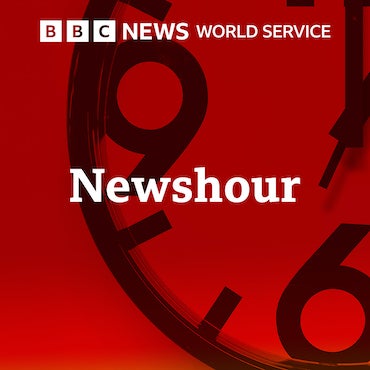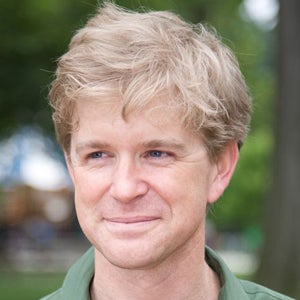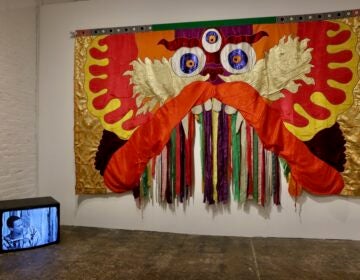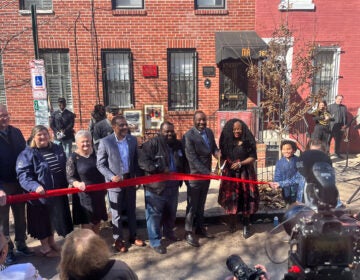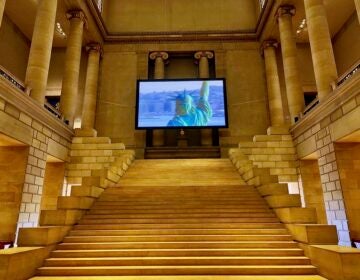Princeton University to reopen its newly rebuilt art museum
Designed by architect David Adjaye, Princeton’s new museum corrects the problematic old one.
From Camden and Cherry Hill to Trenton and the Jersey Shore, what about life in New Jersey do you want WHYY News to cover? Let us know.
Five years after it was closed, razed and rebuilt, the Princeton University Art Museum will be ready for visitors on Halloween.
The wholly reimagined museum will open for a marathon 24 hours on the evening of Oct. 31 through the evening of Nov. 1, then resume its normal hours thereafter.
“It is incredibly exciting,” said Juliana Ochs Dweck, the museum’s chief curator. She has spent the last 10 months installing thousands of pieces of art in a space that has been essentially empty of people.
“It makes it real,” she said.
A new museum had to be built because the old one was “bursting at its seams,” according to Director James Steward. Since taking the helm 17 years ago, he said attendance has doubled, with its use by Princeton students rising by 700%. The museum’s collection has also grown 30%, from 90,000 objects to 117,000.
“To add 27,000 objects in 17 years is a marker of a really active museum,” Steward said. “We had outgrown the old one.”
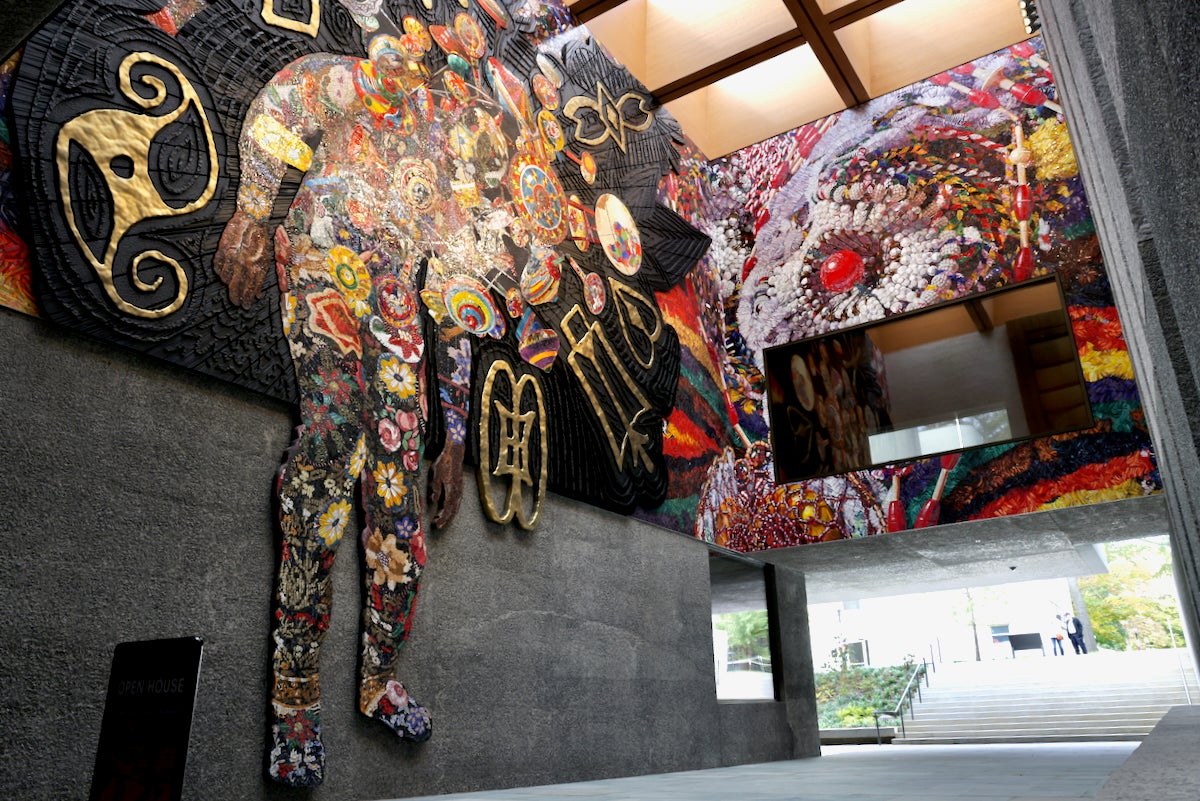
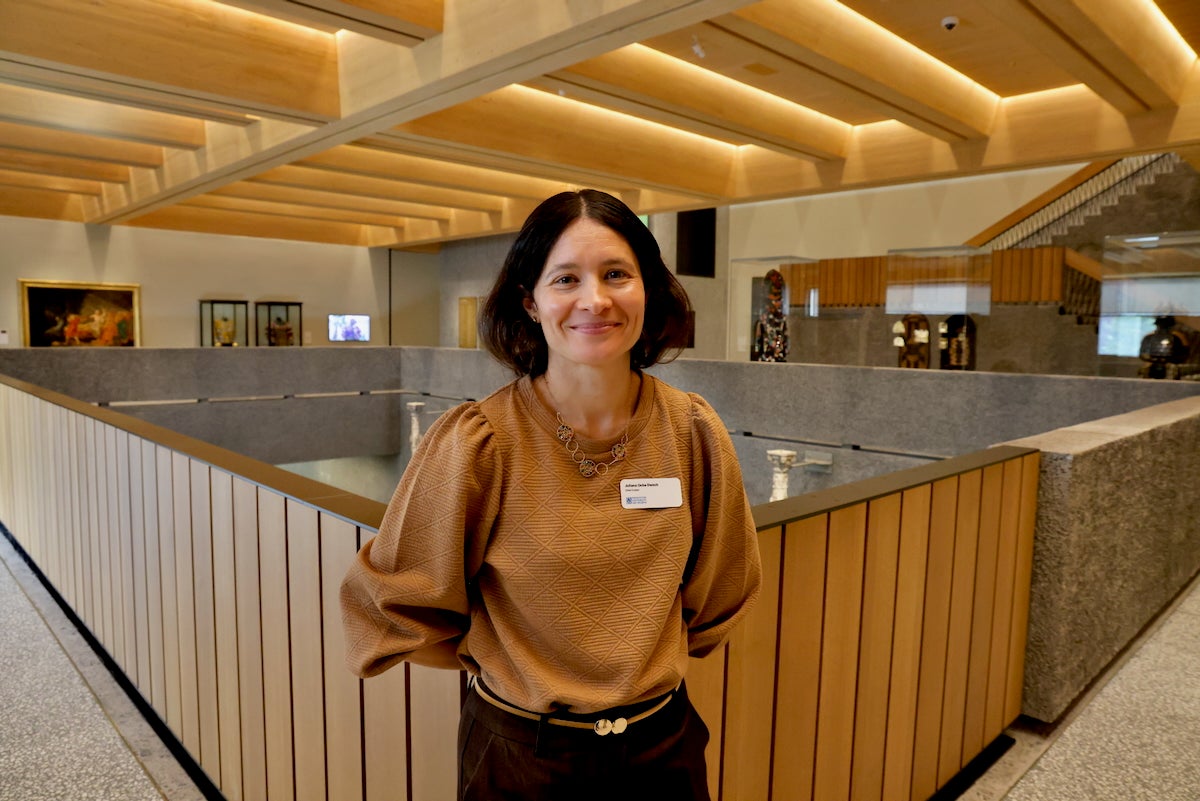
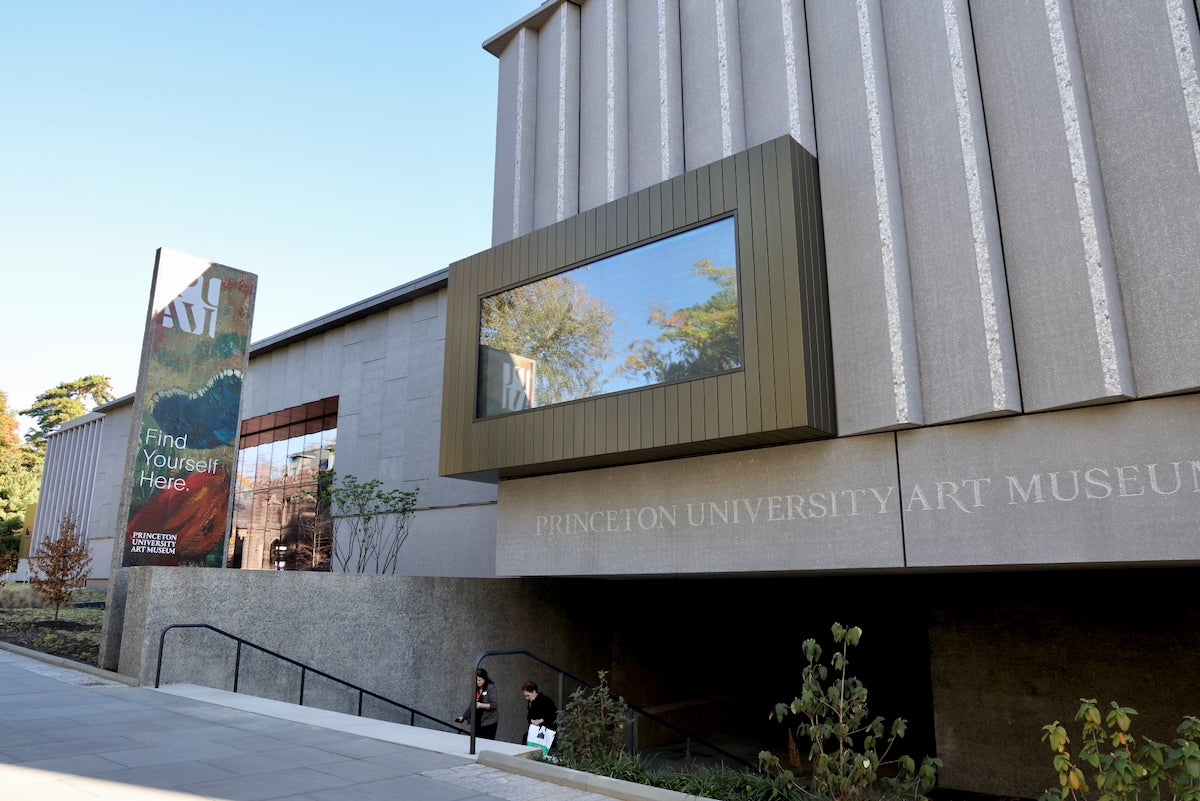
Cross-cultural dialogues
The primary exhibition space is the museum’s second floor with nine distinct pavilions, each with a series of galleries showcasing certain subject areas. The collection is particularly strong in Chinese antiquity, preColumbian objects from Central and South America, South Asian artifacts, and a growing inventory of modern and contemporary art.
Between the pavilion galleries are walkways that act as interstitial spaces where subject areas blend together. For example, a 16th-century Buddhist statue featuring Chinese and Indian features representing Buddhism’s expansion into China is next to a white plastic sculpture of a boy caricature by the 21st-century Chinese cartoonist Danny Yung.
Called “Tian Tian Xiang Shang,” Yung named his sculpture after a phrase popularized by Mao Zedong during the Chinese Cultural Revolution. It literally translates to “Day Day Up,” or “work hard and make progress every day.” The artist recalls the phrase appeared in outrageously large letters on school walls, which was “quite threatening to the schoolchildren.”
“Within every pavilion there are transhistoric and cross-cultural dialogues happening between objects so that visitors get a sense of the transformation of objects and ideas over time,” Dweck said.



The first floor is the entrance, classrooms and the Grand Hall for presentations and performances. The third floor houses offices and a full-service restaurant, Mosaic.
In between is the second floor with exhibition spaces that vary in size, shape, height and daylight, all oriented around the central shaft of the Grand Hall to help orient visitors.
“Daylight has a wonderful advantage in helping fight the problem of museum fatigue,” Steward said. “People are worn down by a sequence of similarly scaled gallery spaces where the light never changes. You can almost feel that you’re divorced from time and place.”
For the museum’s reopening, curators assembled “Princeton Collects,” a temporary exhibition of objects acquired during construction. While the museum was down, it launched a campaign to drive donations of artwork, resulting in about 2,000 new works coming from more than 200 museum supporters, including major pieces by Ai Weiwei, Joan Mitchell, Philadelphia artist Becky Suss and a monumental work by Irish artist Sean Scully so large that curators were unsure it would fit into the building.
“Real masterpieces — a problematic word — but by artists like Mark Rothko, Helen Frankenthaler and later Gerhard Richter,” Steward said. “Artists that we could never have brought into the collection through purchase because their market values would have been beyond our means.”


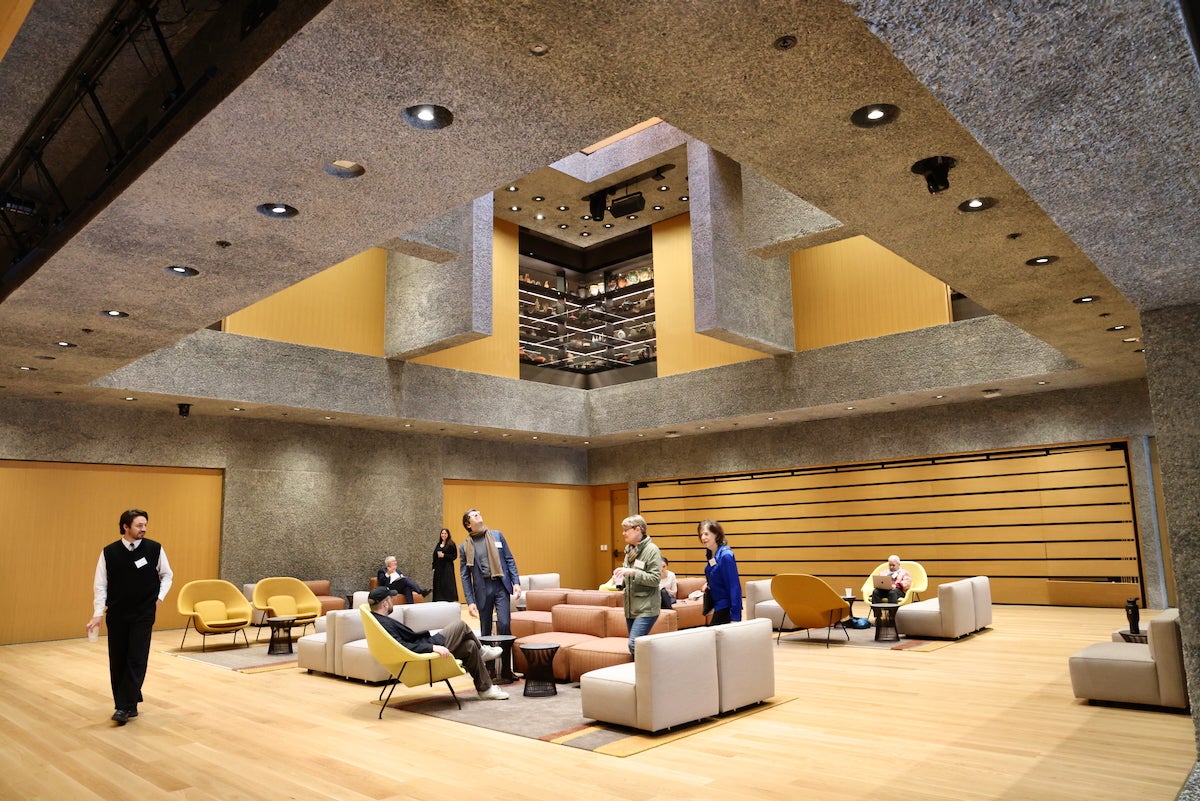
The old museum was a problem
The previous building was not only too small for a growing museum but had become unwieldy and unremarkable.
“The old building was failing. It was the fruit of six or seven different building campaigns where things had been built, demolished, added on to,” Steward said. “It was really dysfunctional.”
The previous museum had two floors with European and American art above and Asian and South American art below. Dweck said it caused an unintended perception of hierarchy.
“The architecture decided for you where you would go and also how you would feel about it,” she said. “Many visitors missed the downstairs entirely, a space that to many felt like a basement, even though curatively and institutionally that’s certainly not how we saw it.”
The new museum corrects that appearance of hierarchy by putting everything on the same level playing field. More than half of the building area is its second floor, which at 80,000 square feet is not only the largest floor of the building but the largest single floor of the entire Princeton campus, on par with the basement of the university’s library.
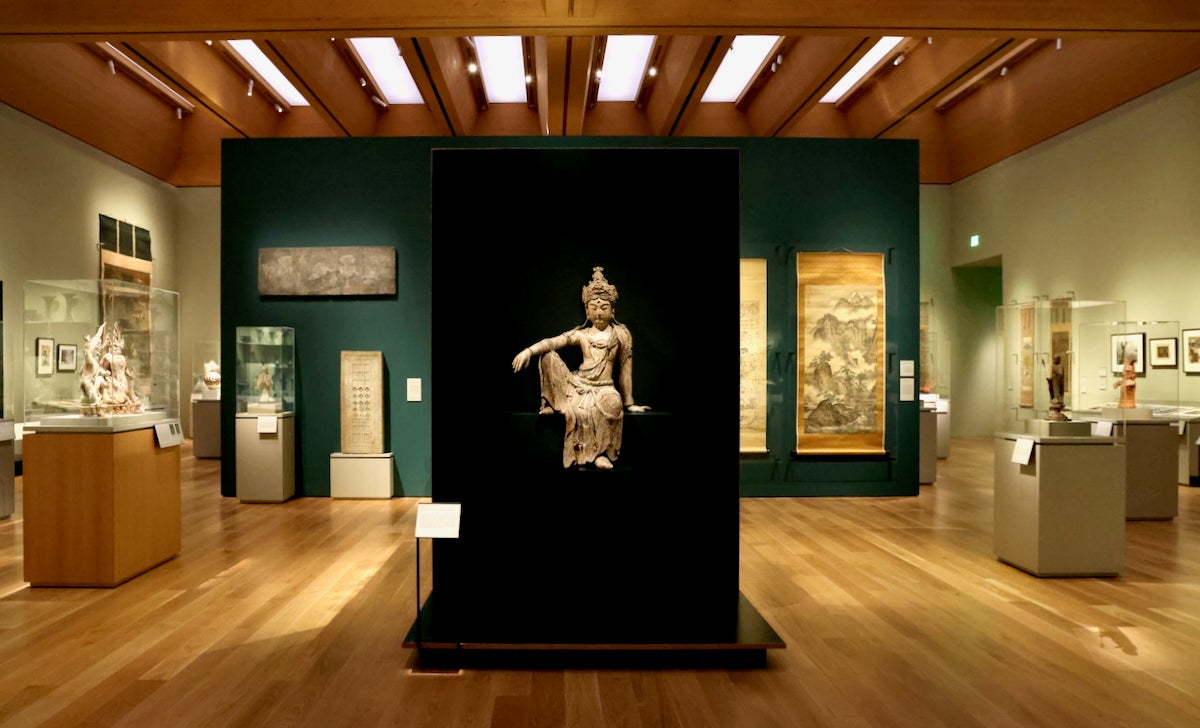
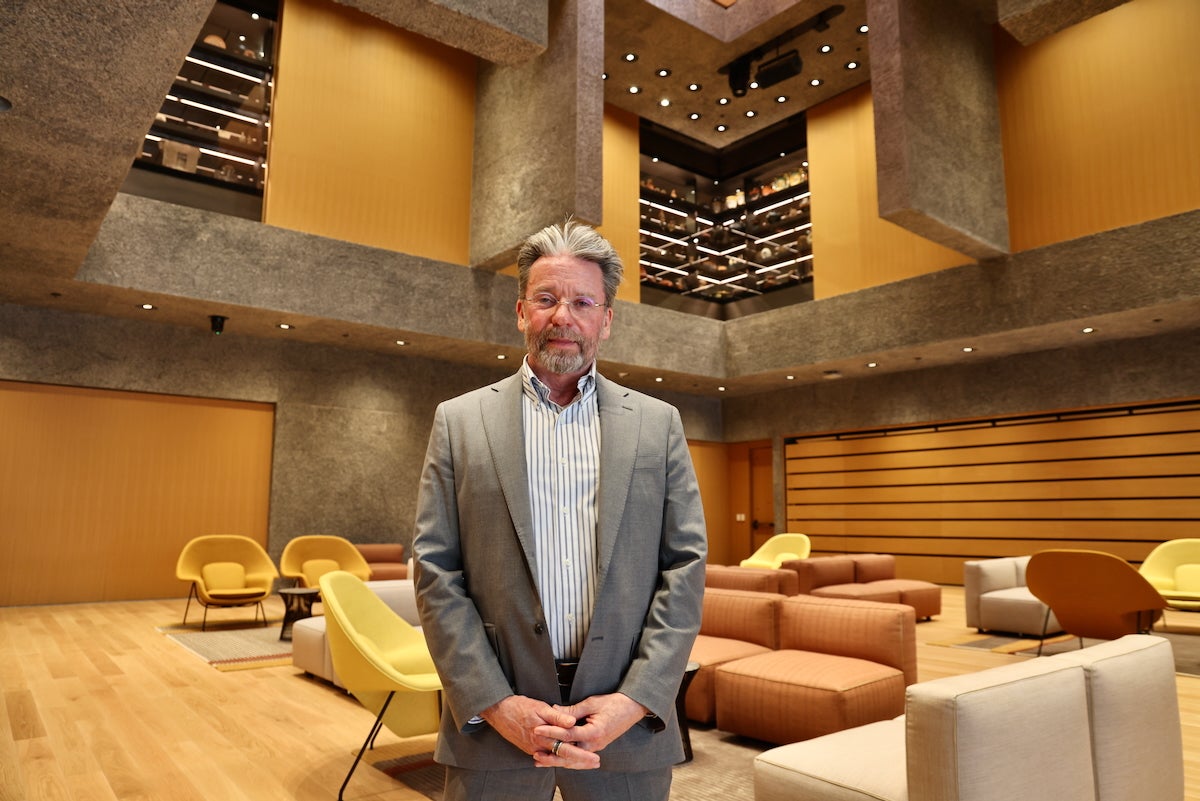

Princeton selected celebrated architect David Adjaye, who designed the National Museum of African American History and Culture for the Smithsonian Institute in Washington D.C. But allegations of sexual harassment and maintaining a toxic work environment that were raised in 2023 have sullied the Ghanian-British architect’s reputation. Princeton is now distancing itself from him.
The design of the new art museum is “nearly 100%” Adjaye, said Steward, but he was not personally involved in the final years of its construction.
Ron McCoy, the university’s campus architect, described the museum’s brutalist use of sandblasted concrete on its interior walls that reveal the rough texture of their underlying gravel aggregate, floors of polished terrazzo and gallery portals made of soft grey granite as an “essay on stone.”
“I think that brutalism is a simple label for a more complex description of architecture,” he said. “People use brutality as pejorative because it’s sort of cold, but you can see from this building the warmth of the materials and textures is really a counterpoint to that tradition.”

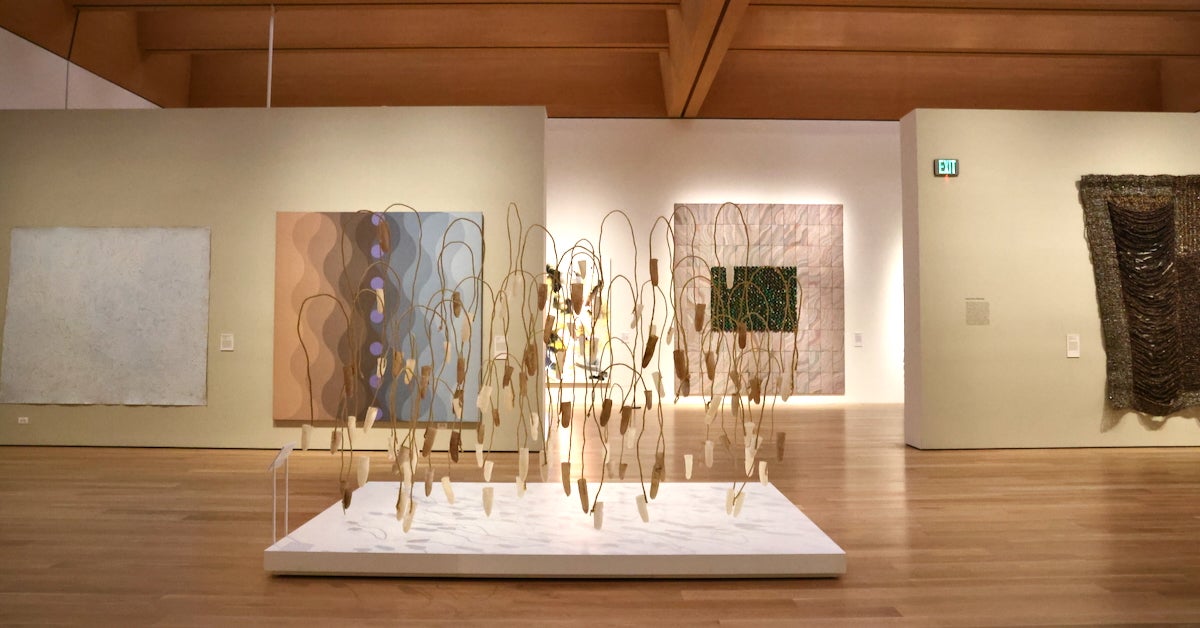
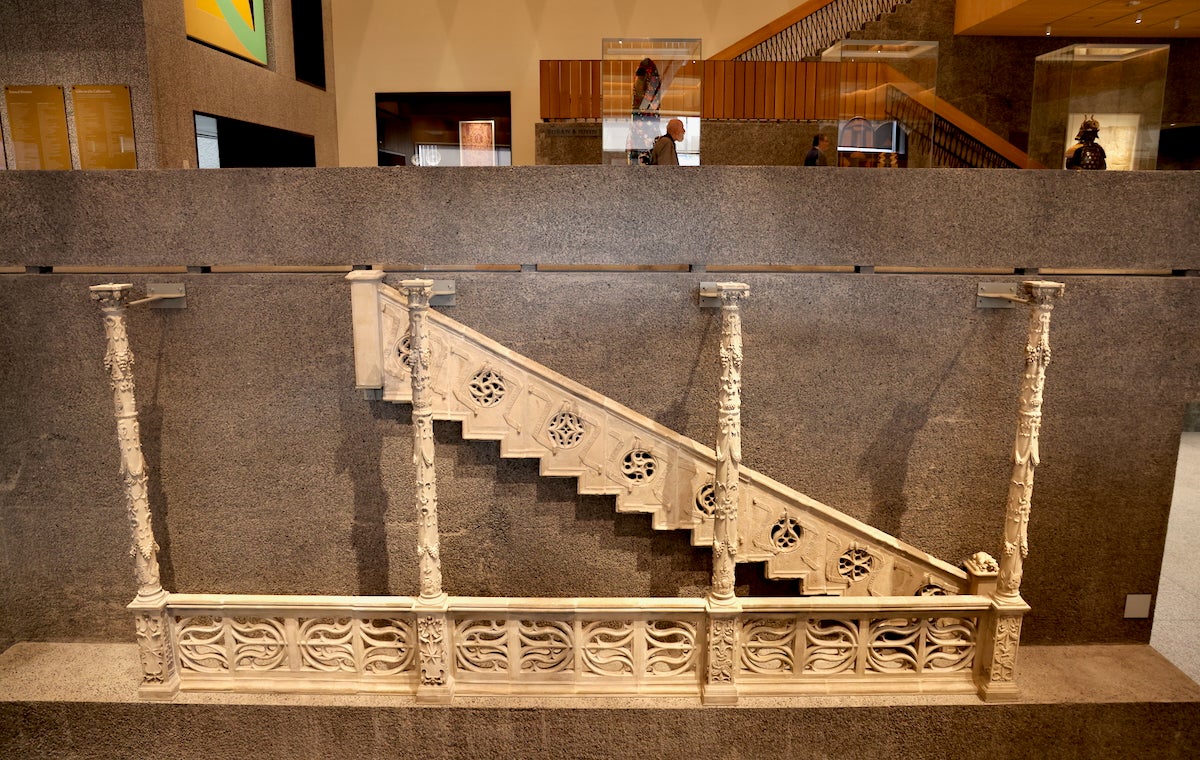
A campus beacon
The new museum is designed to do more than house art. It is designed to be a campus beacon. The pavilions on the second floor are interspersed with large windows overlooking the campus in all directions.
The layout of the ground floor is a crossroads, where pedestrians can pass through the museum north-south and east-west on their way across campus. The museum encourages people to move through the building, whether they want to see art and artifacts or are just on their way to class in another campus building.
The crossroads are echoed in the ceiling, where the skylight roofbeams of the Grand Hall cross in the same direction.
The museum galleries can be shuttered individually, allowing the building to remain open to foot traffic after the museum has closed. The third-floor Mosaic restaurant can keep later hours.
Steward said many of the building’s design elements are meant to invite people inside whether or not they have a preexisting interest in art and antiquities.
“I’ve been a museumgoer since I was an infant, according to my parents. I always understood that museum-going could make me a fuller human being,” he said. “Not everybody has that experience. Part of our job is to create a reason to come that overcomes what in the retail trade would be called ‘threshold resistance.’”
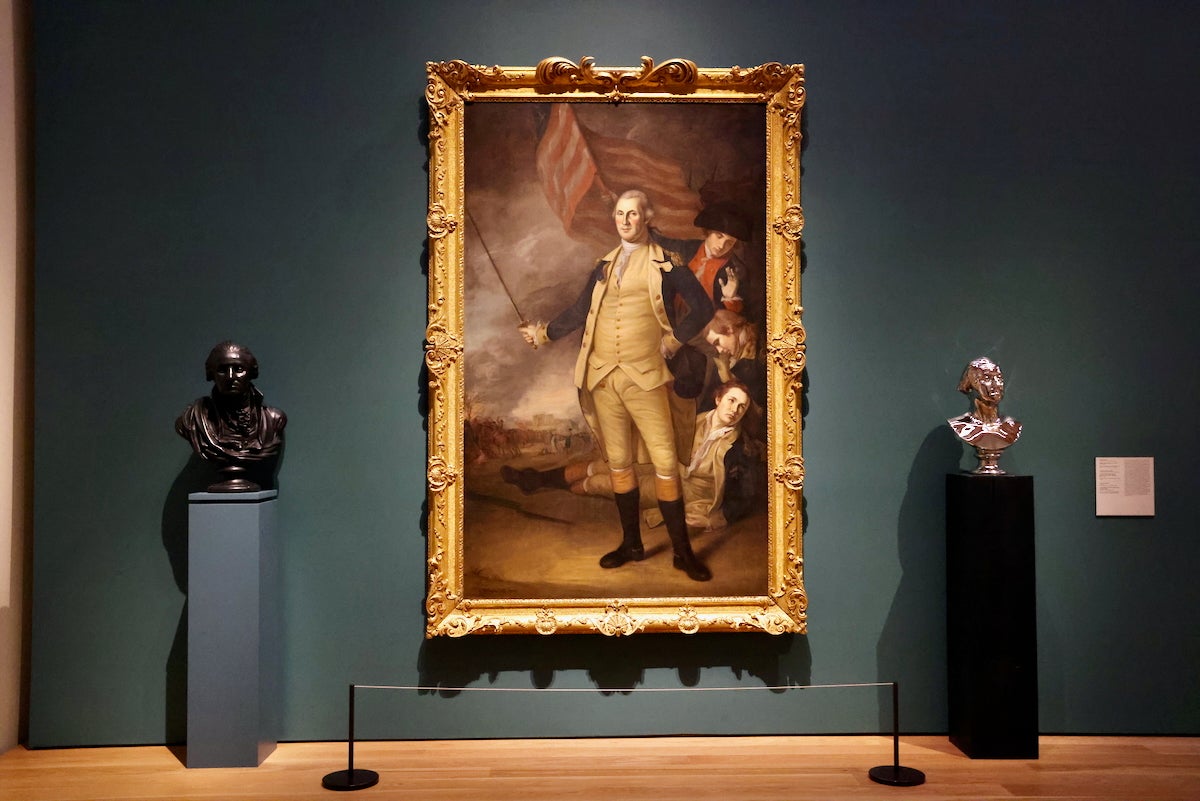
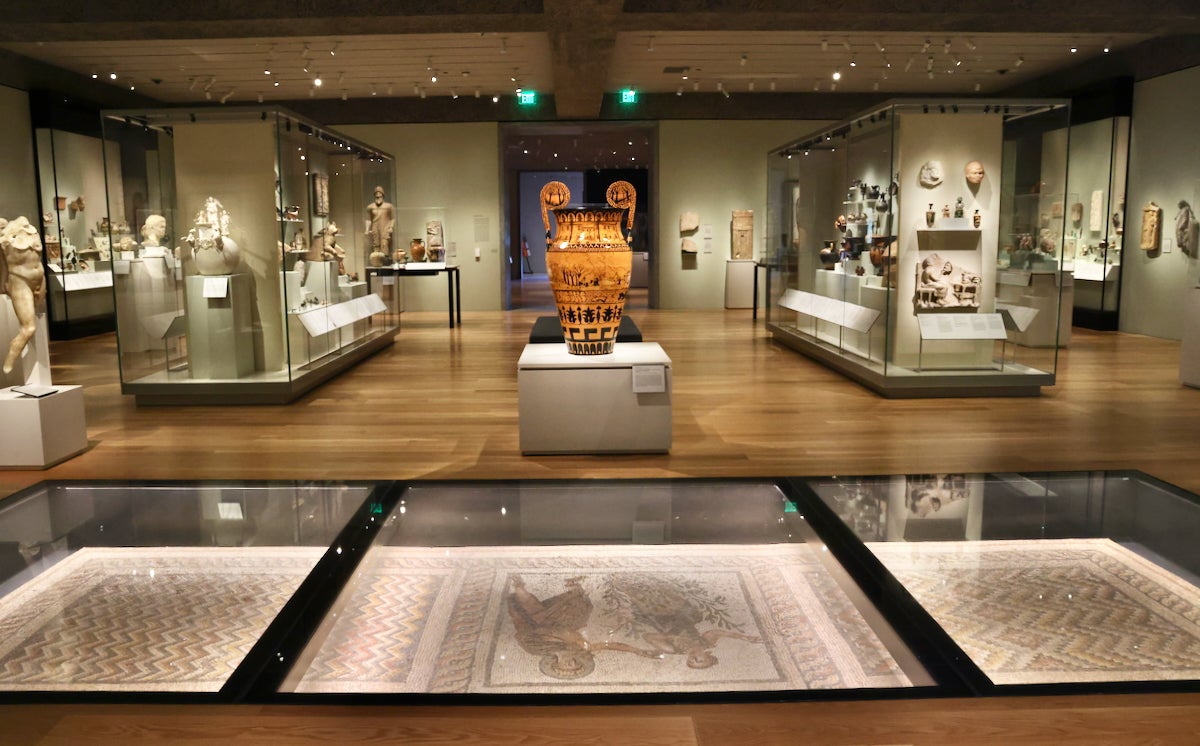


Get daily updates from WHYY News!
WHYY is your source for fact-based, in-depth journalism and information. As a nonprofit organization, we rely on financial support from readers like you. Please give today.
